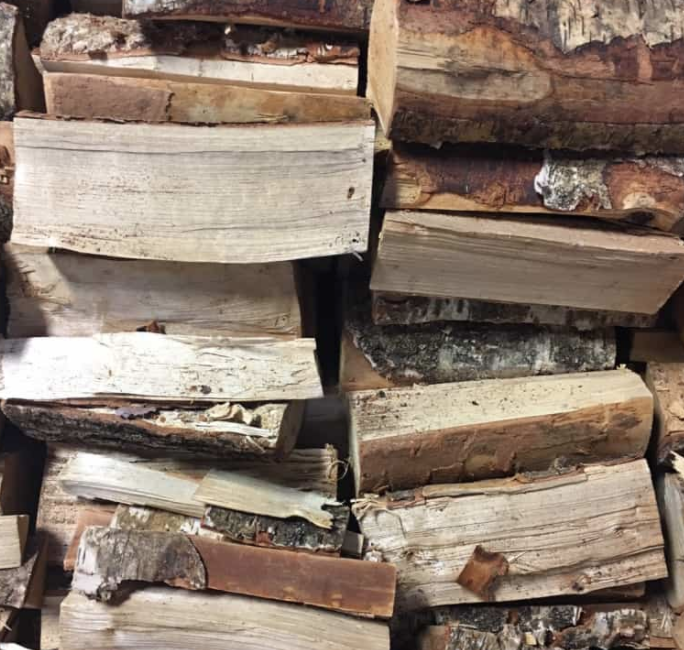With gas and electricity prices set to skyrocket into autumn and beyond, it’s been predicted that wood-burning stoves and the sale of firewood are set to increase well above normal levels as people look at alternative ways to keep warm, and alleviate the threat of persistent price hikes for gas and electricity.
Another reason why the sale of stoves and firewood could spike is due to the possible threat of winter blackouts. These blackouts could happen in the depths of winter due to supply issues and a surge in demand. If such a situation were to occur, those who burn wood would enjoy continued warmth.
Back to the 1970’s?
The last time energy blackouts occurred in the UK was in the early 1970’s, where miners went on strike over pay. Back then most of the UK’s power was provided by coal. The then Prime Minister Edward Heath imposed a three-day week at the end of December 1973, after coal production dropped by 50% when the National Union of Mineworkers banned overtime. Nearly all businesses had their electricity use cut to three days a week and the BBC and ITV stopped broadcasting at 10:30 each evening. Households were ordered to heat just one room and keep non-essential lights off.

Stoves Provide Independence:
With a wood-burning stove, you are completely independent. You have your supplies of wood, which you may have purchased or sourced yourself, and you decide how much you need to burn, with no powercuts or exorbitant bills to worry about. Furthermore, burning correctly seasoned wood on an Ecodesign stove is environmentally friendly.
While the initial cost outlay of a wood-burning stove is relatively high, the costs can soon be recouped, especially if the energy price cap rises to £6,500 or more by January 2023. Many households could pay hundreds of pounds a month more to heat their home if these price cap threats are true. A modern wood-burning stove costs around a third of the price of electric heating and approximately 13 per cent less than gas central heating for the average household.
Selecting The Best Wood:
If you decide to get a wood-burning stove, it’s important to be aware of what wood to burn. The best fuel for stoves is softwood logs with no more than 20% moisture content for the best burn. Kiln dried or seasoned work equally as well, but they must be seasoned long enough to achieve low moisture levels. Dry wood produces less smoke and more heat, and so is much cleaner and better for the environment. Having a too high water percentage will increase pollution, produce a poor level of heat output and cause tar to form in your chimney.
Whatever happens in the coming months, we have a range of fires to help keep you warm in the most efficient way possible. For more information on our fires please click below:








